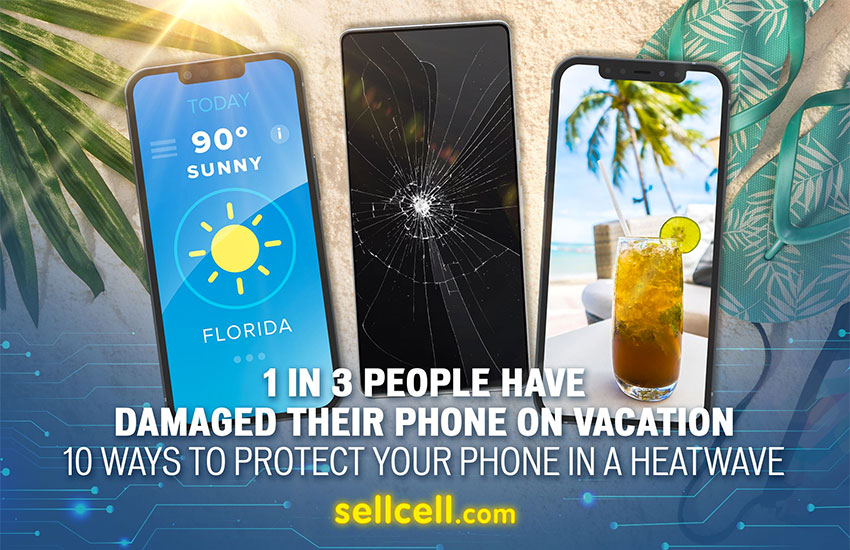Last updated January 17, 2024
1 in 3 people have damaged their cell phone on vacation
Have you ever damaged your cell phone on vacation? Ever had an overheating warning appear on your device? Perhaps you have fallen asleep while sunbathing to discover your phone has also been frying?
Much like us, electronics struggle to cope when they get too hot. So, while sweltering temperatures continue to sweep across the US, and large parts of the world, cell phone owners must take extra care of their devices or risk destroying them.

Many of us are unaware of the costly implications the sun can have on our gadgets. As a nation of phone addicts, it is easy to ignore warnings and continue to bring devices outside in case we miss an important text or photo opportunity. However, exposing tech to these high temperatures can cause them to completely shut down.
Almost 200 million of us are currently under heat advisory alerts as states across the country enter their fourth week of relentless heatwaves and temperatures continue to climb across mid-regions of America. With temperatures climbing to 130 degrees in parts of California, and record highs continuing, it is essential that we protect our devices or we risk having to splash thousands of dollars on a new one.
Those looking to jet off on a Europe summer should also be wary. Spain, Italy, Greece and other popular European destinations have been suffering under a sizzling heat wave for weeks.
If you are one of the millions sweltering under record-breaking high temperatures, it is important to protect your tech.
Why do devices break in the heat?
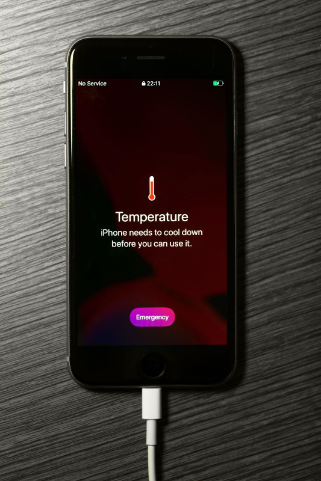
Dangerously hot temperatures can cause permanent damage to gadgets.
There is a high chance that if you are too hot, your phone is too, and it can cause permanent damage to your device, even causing it to blow up.
Your cell phone is designed to work at temperatures no higher than 95 degrees Fahrenheit. But with highs surpassing 100 degrees across multiple states including Arizona, Nevada and New Orleans, millions of people risk damaging their phones.
When phones get too hot vital components can be irreversibly damaged such as burst and pixelated screens and in extreme cases overheating can cause the battery to blow up – the cell phone literally explodes.
Smartphone users may be familiar with a warning message that appears when the device overheats and it is essential to take notice and act swiftly if it comes up because it indicates a problem.
Research Findings
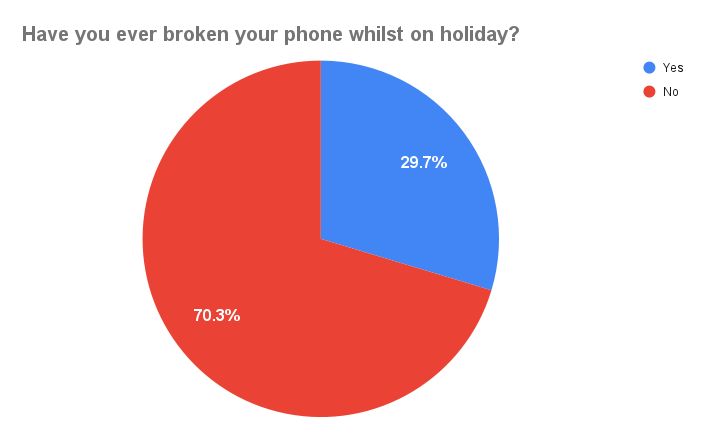
SellCell.com conducted a survey of 1000+ people to find out how many people had damaged their phones abroad. The data revealed that nearly a third of Americans (30%) have admitted to damaging their phone on vacation.
Most cell owners are either ignorant of the potential harm heat can cause or don’t take the necessary precautions.
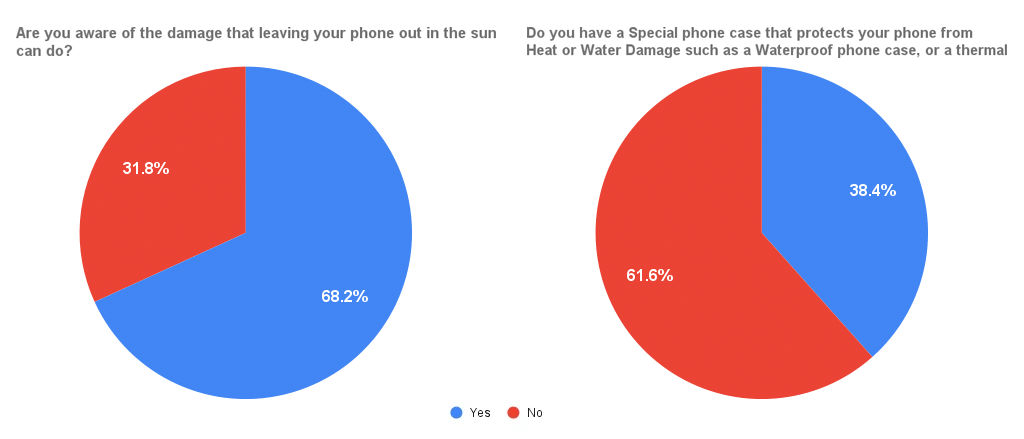
While 68% of Americans are aware of the damage heat can do to a phone, millions aren’t and only 38% use a special case to protect their cell from excessive heat.
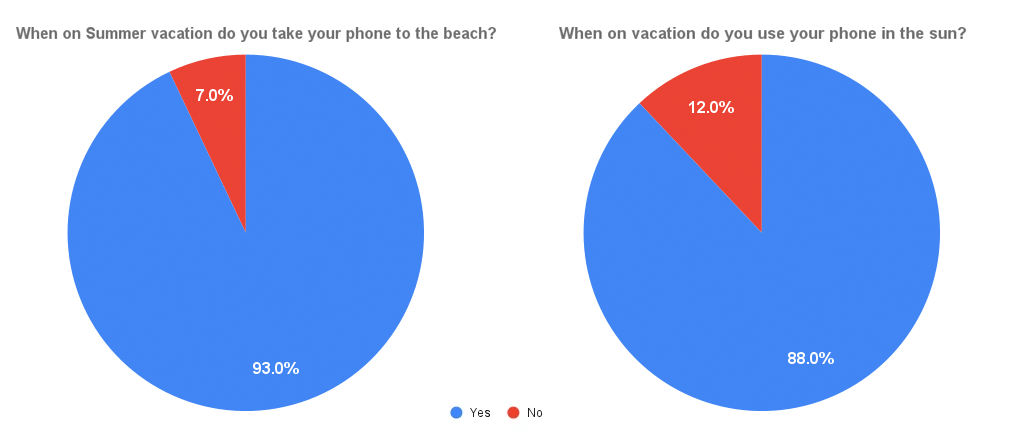
Americans take their cell phones everywhere with them on vacation including the beach (93%) and 88% use their phones in direct sunlight.
With temperatures rising to highs never seen before around the world, extreme heat patterns are expected to continue and cell phone owners must consider the implications to their tech.
Steps to take to protect your phone in the heat
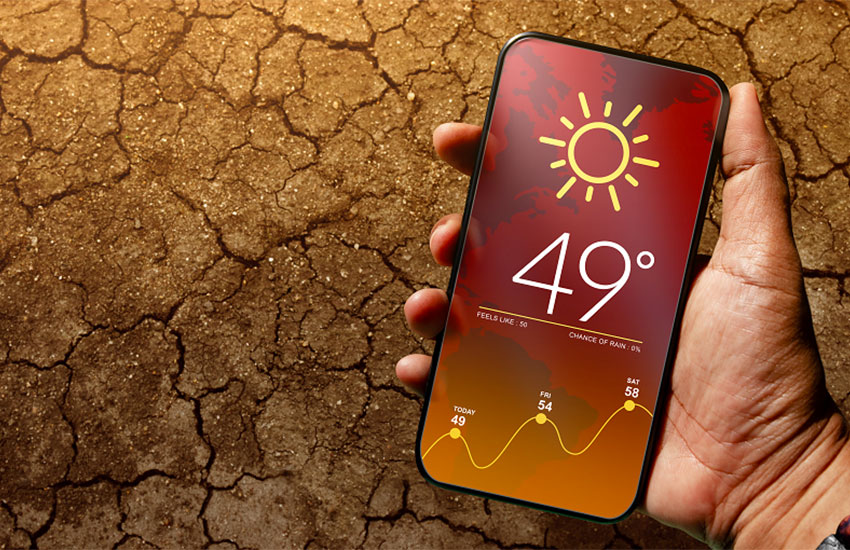
1. Leave it indoors
Keeping the phone inside, preferably in an air-conditioned, cool and shady room, is the safest way to look after a phone while the heatwaves continue. It is very easy for devices to overheat, especially while temperatures are dangerously high, so keeping them protected inside is the best option.
2. Take notice of warnings
Most smart devices, like iPhones, Sony and Samsung, will display a warning sign if they are getting too hot, and may even shut down completely in an attempt to regulate temperatures. It is vital to take notice of these warnings as they indicate a problem and move somewhere cooler.
3. Never leave it in a car
Temperatures in cars can rocket above safe levels in a matter of minutes, and a cell phone will quickly start baking if left inside. Temperatures in a parked car will quickly exceed the maximum recommendation of 95 degrees, so never leave it in there on a hot day.
4. Don’t use the device too much
Cell phones can quickly overheat from external temperatures alone, but making calls, texting, and playing music and games will only make it work harder and generate more heat. Consider leaving the device in aeroplane mode if it absolutely can’t be left at home.
5. Stay away from the fridge and freezer
On a hot day, it may seem like a quick fix, but extreme shifts in temperature can be catastrophic to phones. Taking a device from one hot extreme to a cooler extreme can shock the phone and in some cases lead to condensation build up behind the screen.
6. Stay out of direct sunlight
Make sure that cell phones are never positioned directly in front of sunlight as it will cause them to heat up quicker. They are made up of materials that absorb heat quickly causing them to reach extreme temperatures, overheat and stop working. If left for too long, leaving them in direct sunlight is the quickest way to damage the batteries, and cause them to catch fire.
7. Turn off unnecessary settings
To avoid any other possibility of overheating, turn off all unnecessary settings that drain the battery to limit overheating. Consider turning down the brightness and shutting down open apps, and multiple windows.
8. Don’t put it on charge
Putting a phone on charge when it is already hot will only add to the issue. Charging the phone will generate more heat, especially if using a fast charging appliance, poor quality charger or if it is being overcharged.
9. Take off the Case
It is best to remove cell phone cases when temperatures are high as it acts as insulation. The extra layer will trap heat and cause it to overheat quickly, so removing the case is a great way to keep it cooler.
10. Get Insurance
Ensure you get insurance on your cell phone and adequate damage coverage. Cell phone insurance can be a lifeline, but make sure to check the policies around how long it takes to repair and replace phones and timescales. Importantly check the excess too- as they can be set high for travel.
